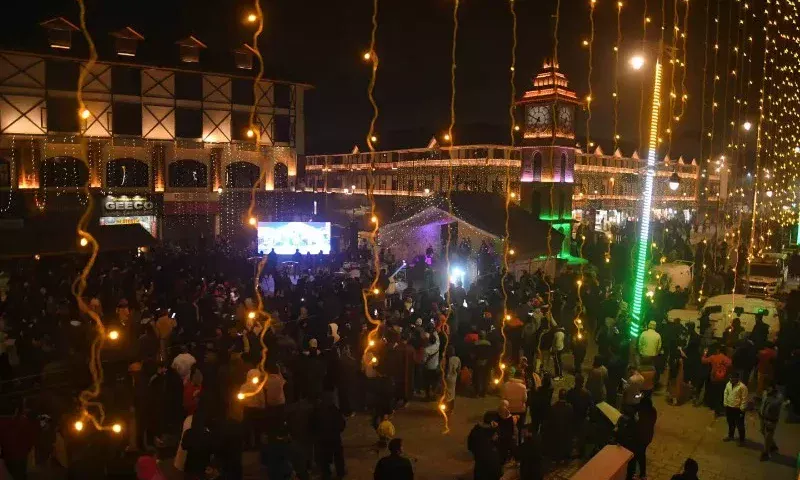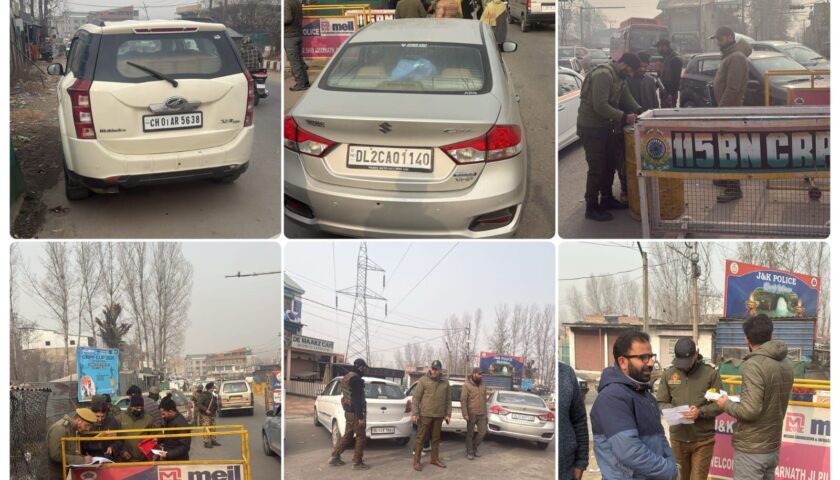Heavy smoke inside South East Asia’s longest tunnel is posing a serious threat to people’s lives, besides slowing the traffic flow on a regular basis.
Despite tall claims by the National Highways Authorities of India (NHAI) about ensuring a proper ventilation system in the 9.2-km-long Chenani-Nashri tunnel, commuters experience a “suffocated” drive through the tunnel.
The engineering marvel, which was inaugurated by Prime Minister Narendra Modi on April 2, has bypassed 42 km of the hilly terrain on the Jammu-Srinagar national highway in the mountainous range of lower Shivaliks and central Himalayas. However, soon after the inauguration of the tunnel, travellers started facing a lot of smoke inside the tunnel, which severely reduced the visibility.
“It has become difficult to drive inside the tunnel as the visibility is very low. We drive inside the tunnel with the fear that either another vehicle might hit us or we might hit the vehicle moving ahead of us,” said Kuldeep Sharma, a taxi driver.
“No one can open the window of the vehicle inside the tunnel, as it is too smoky inside. It is more dangerous for bikers as they have no choice but to inhale the smoke,” he added.
A few accidents have also occurred in the past few months inside the tunnel.
The problem rose just after the inauguration of the tunnel, but the agencies claimed that it was due to the dust from construction work. In the past one month, travellers started complaining about low visibility but the authorities have not taken the issue seriously, calling it a “temporary” problem.
“The smoke inside the tunnel is due to climate and dust. There is no technical issue with the ventilators, they are working properly,” said MT Attarde, Project Director, NHAI. “The accidents occur due to overtaking. The travellers are advised not to overtake, but some of them disobey rules, which causes accidents. We will strictly implement rules inside the tunnel.”
Heavy smoke hits visibility inside Chenani tunnel




